Comparative overview of inverter and conventional split systems
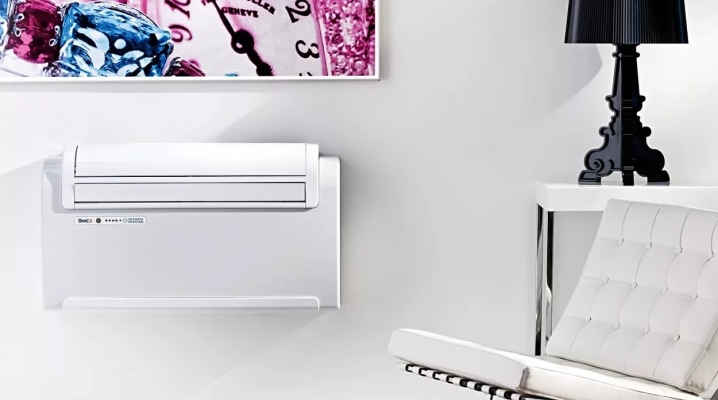
Even 10 years ago, air conditioning was something of a luxury item. Now more and more families are aware of the need to purchase climatic household appliances. It has become a good practice to create a comfortable atmosphere not only in commercial premises, but also in an apartment, in a house, even in a country house. How to choose a smart device for different types of premises and which of the popular systems to prefer is discussed in the article.
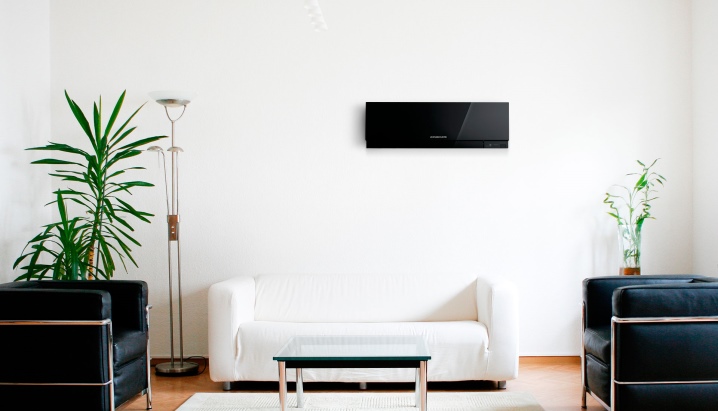
What are the similarities between the varieties?
If you are going to purchase climatic equipment, then most likely you will ask yourself what is more rational to purchase for yourself: a classic or innovative split system. It is difficult even for a professional to say unequivocally which is better, a conventional or inverter split system. Each air conditioner has its own advantages, as well as features in use and weaknesses.
For a competent choice, you should be guided not by the reviews of casual acquaintances or the advertising of equipment manufacturers, but by the technical features of each of the units.
It is important to understand their difference and common features, to compare the characteristics of the work process, features of operation and service. This will make it easier to find equipment with optimal parameters that will work reliably in a given mode, will not disappoint and will last a long time.
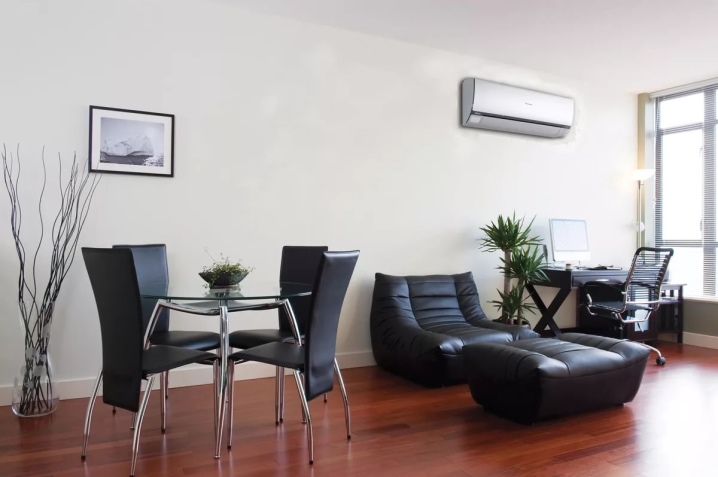
Both types of air conditioner solve the same problems. And this is the main similarity of split systems. With their help you can:
- cool the room;
- warm up the space of the room;
- carry out air ionization;
- clean the air from harmful bacteria and dust.
These functions can be performed in any volume of different types of premises - from very small living rooms to large conference rooms. The main thing is to choose the right air conditioner with the required characteristics.
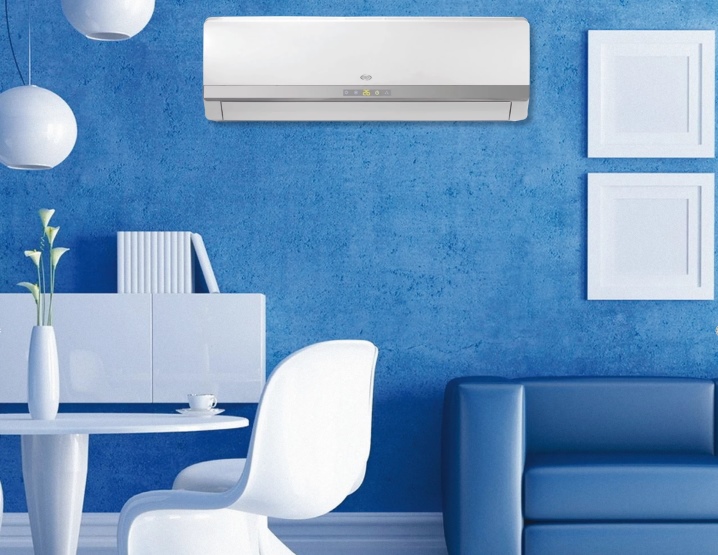
Both conventional and inverter split systems have a similar appearance, so they will harmoniously fit into any interior design. They include the same components: an outdoor unit (mounted on the outer wall of the house) and an indoor unit (installed indoors, there may be several pieces). Both systems are controlled using modern multifunctional remote controls, which is very convenient.
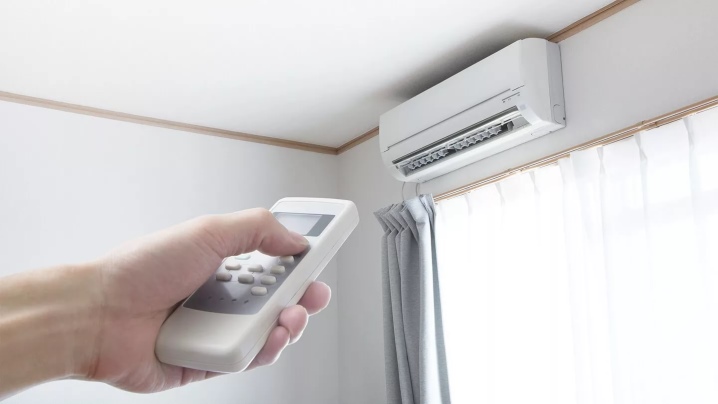
Air conditioning service is also similar. Both conventional and inverter split systems require periodic cleaning and replacement of filters, renewal of the cooling element (freon). This is necessary for their efficient operation and increasing the service life of expensive equipment.
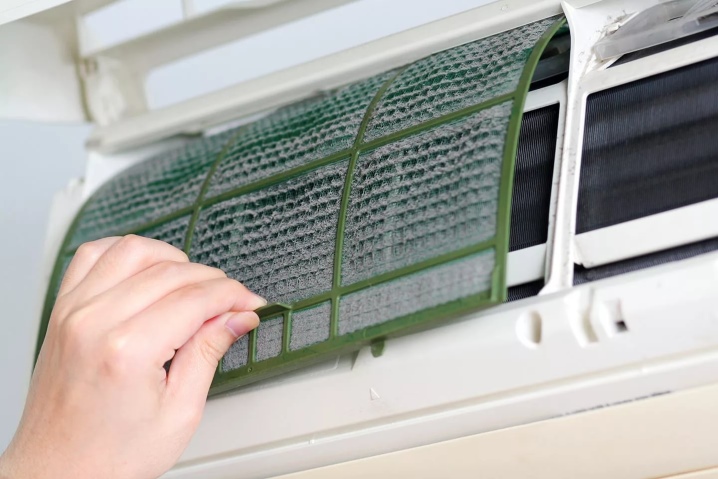
Installation of climatic equipment is also similar and differs in complexity. Often, such work costs significant money, about 40% of the cost of the equipment. But it is justified, since improper installation can minimize the efficiency of the air conditioner to zero, and the maximum can ruin complex equipment. Therefore, it is better to entrust the installation procedure to professionals.
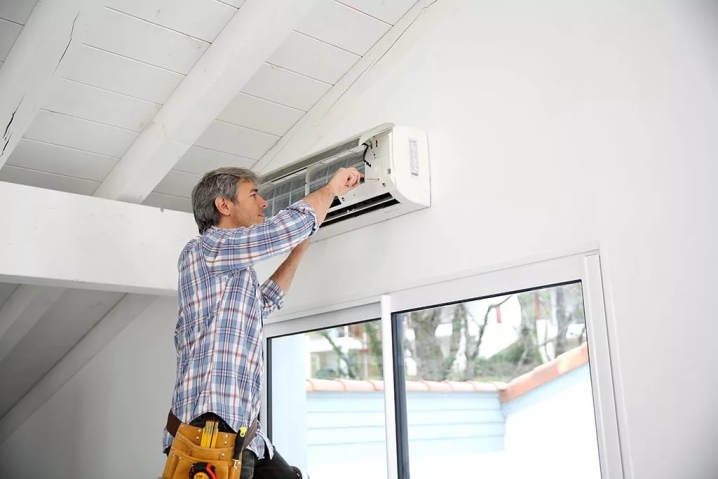
The main differences between the systems
Despite many similarities and basic technical parameters, the operation of such equipment is very different. Inverter and non-inverter air conditioners are so different in their principle of operation that they are classified as different types of climatic technology. The difference becomes especially noticeable with long-term use, since inverter split systems are most stable in maintaining the specified parameters.
They also turn out to be much more economical, but this will require monitoring their work for a long time.
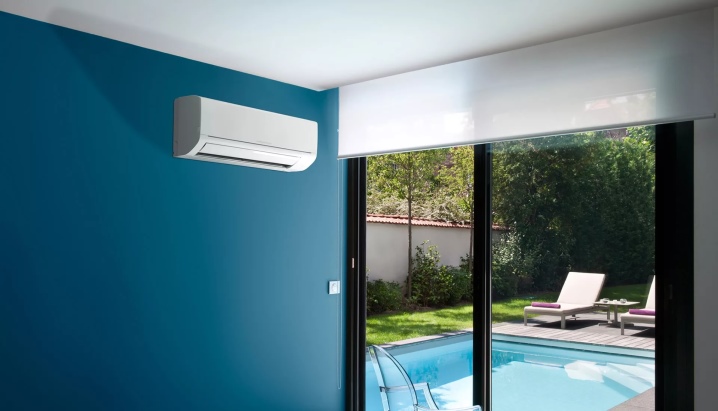
So, simple air conditioners differ from inverter split systems in the following parameters: principle of operation, functionality, stability of modes, duration of service life, amount of consumed energy, noise level, cost. Such a large number of distinguishing features indicate that it is worth getting to know the specifics of each installation type before making a purchase decision. So the material costs will be more competent and will be able to pay off with the right equipment.
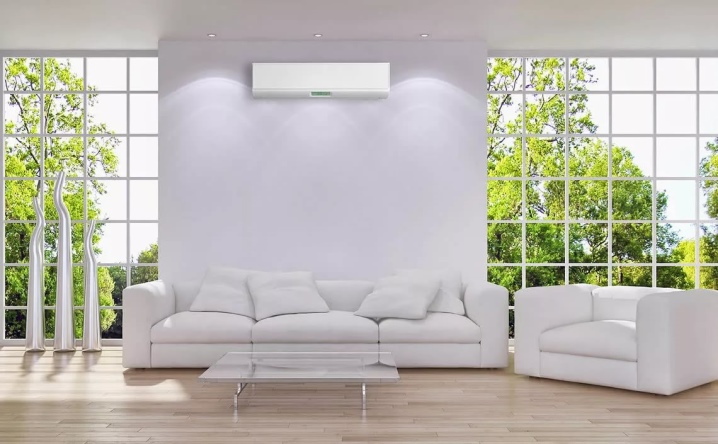
Principle of operation
A conventional air conditioner works in cycles. When a certain temperature is set, a temperature sensor monitors its level. As soon as the temperature reaches a certain level, the compressor switches off automatically. Again, it comes into operation only when the temperature deviates from the set by several degrees, as a rule, by 2-5 degrees.
The inverter device operates continuously, but without surges in energy consumption. When the desired temperature is reached, the device does not turn off, but simply reduces its power to a minimum. At the same time, the unit maintains the required temperature most of the time, operating at only 10% of the total power.
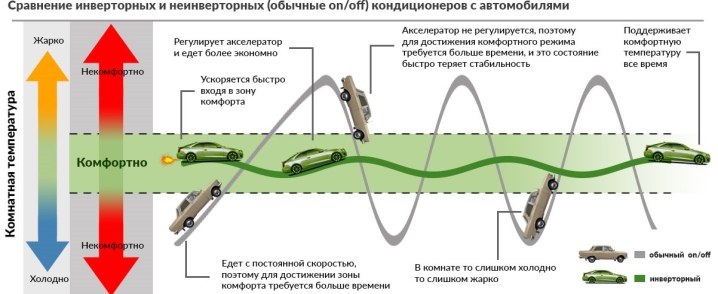
Device functionality
Traditional air conditioners and new inverter systems do a good job of cooling. But inverter split systems have a significant advantage when heating a room... They can be used for efficient heating even at temperatures below -20 degrees. This option is not available for a non-inverter air conditioner, which cannot heat the air in a room with a temperature of 0 - -5 degrees. The reason lies in the cyclical mode of operation.
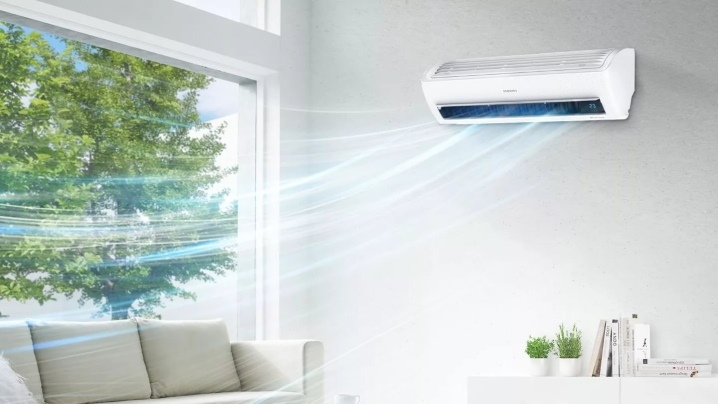
For a long time, an ordinary air conditioner can be automatically turned off. At the same time, the oil in the moving parts thickens and accumulates at certain points. Working at low temperatures gives a lot of wear and tear to such equipment. It can require costly repairs and last only a few months. At the same time, the inverter equipment is in constant operation in a regulated mode, which does not allow the lubrication of the device parts to thicken.
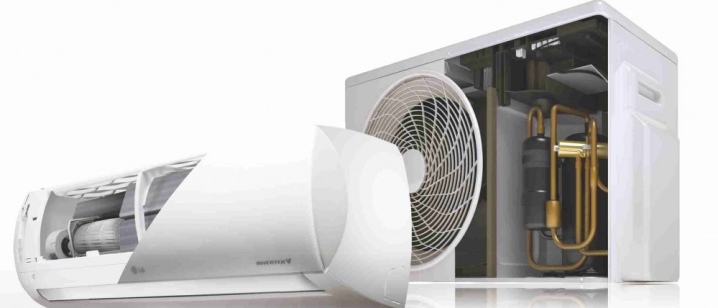
Also, the speed of cooling / heating of the space can become an important parameter for the user. In inverter equipment, the process from starting up to reaching the selected temperature is almost 2 times faster than a conventional air conditioner.
It should be noted that this parameter for the majority is not critical and not too noticeable.
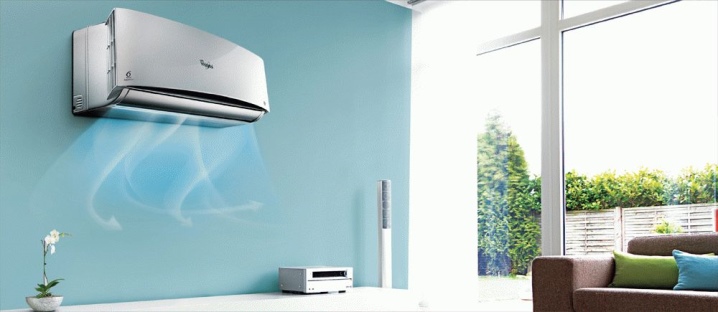
Stability of work
Inverter air conditioners are distinguished by more stable operation due to their technical features. Thus, the specified parameters can be maintained at the most accurate level with a deviation of 0.5 - 1.5 degrees.
Traditional climate systems operate in cycles. NSTherefore, they are included in the work with more significant indicators of the temperature deviation from the set mode from 2 to 5 degrees. Their work is not stable. Most of the time, the non-inverter device remains off.

Equipment durability
The life of the equipment depends on many factors: the frequency and correctness of operation, the quality of installation and the timeliness of service work. However, in the very principle of operation of the device, one or another potential for durability of use is already laid.
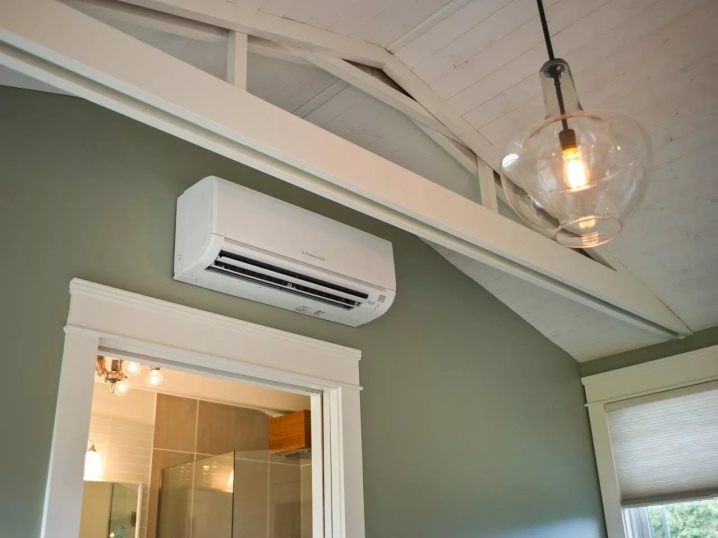
With a conventional air conditioner, due to constant switching on / off, a higher load on the structural elements is obtained. Large inrush currents are especially affected when switched on from scratch. Thus, mechanical components are subject to the greatest wear and tear.
Inverter split systems do not have this drawback due to their constant stable operation with minimal power deviations from the average mode.
On average, such climate technology will last 8-15 years, while a non-inverter air conditioner will work for 6-10 years.
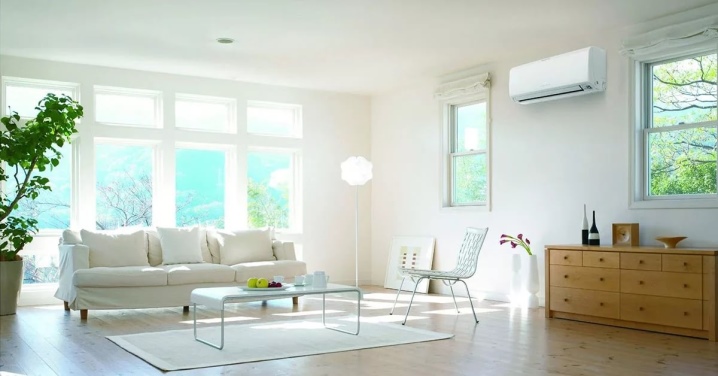
Power consumption level
The electricity consumption of each of the air conditioner subspecies is determined by the basic principles of their operation. A traditional air conditioner consumes the most power during peak load (when switched on). The inverter split system practically does not work at maximum power. It is characterized by stable power consumption, but at the same time it works without interruption.
As a result, it is noted that in most modes, inverter climatic equipment is able to save 1.5 times more electricity. But such a result becomes noticeable after several years of operation of the air conditioner.

Noise level
Inverter equipment also wins in this parameter, since the noise level during operation is almost 2 times lower than that of a conventional air conditioner. However, both techniques will not cause discomfort. The main working part of both varieties is taken out of the room. The indoor unit, at the highest operating power, even with non-inverter equipment, in terms of noise level usually does not exceed 30 dB.
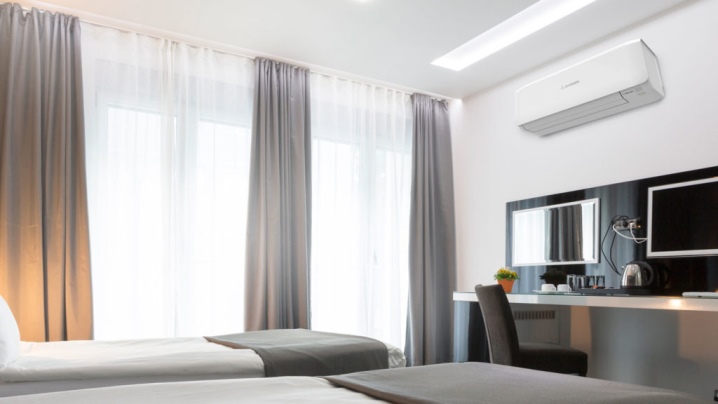
Price category
Based on the listed characteristics, it becomes clear that inverter split systems are much more expensive than their non-inverter counterparts.
Depending on the manufacturer and modification, the cost may differ by 40% or more.
Wherein, buying a more expensive and modern inverter model, you should be aware that capital investments are being made... They will be justified over time with a longer service life of the equipment and quality work, as well as energy savings.
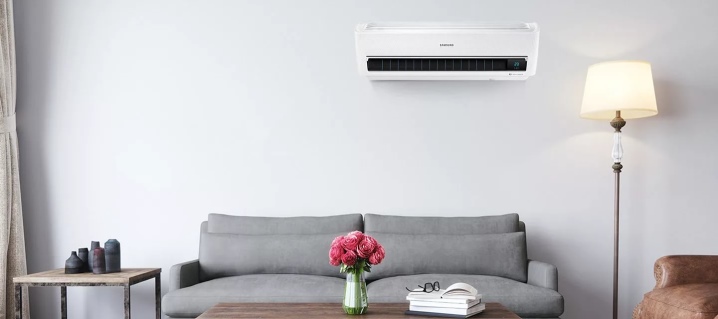
What to look for when choosing?
To choose climatic equipment for your home or office, you should pay attention to a number of nuances that even professionals rarely talk about.
Inverter climatic equipment is generally more advanced. But it does not have an absolute advantage over its non-inverter counterpart. In some cases and under certain operating modes, the inverter split system can play the classic model.
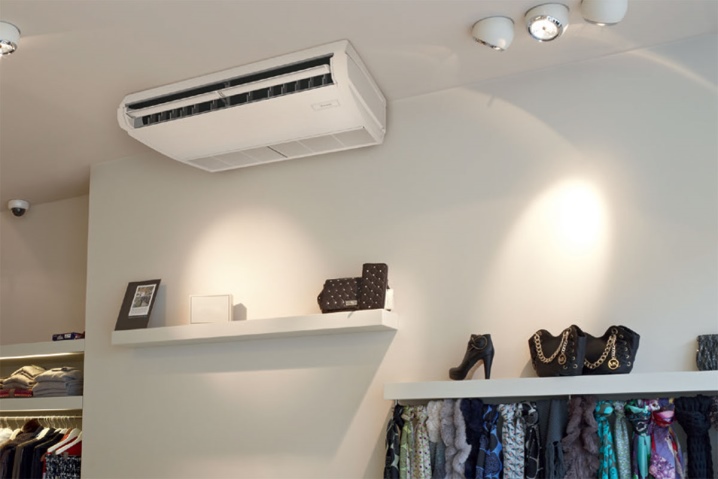
You will have to evaluate various nuances before buying, such as requirements for technology and its functions, room features, frequency and conditions of use, and many others.
- In sales areas, office premises, walk-through rooms, inverter-based air conditioners may not give the expected results due to smooth temperature control. In this case, a conventional air conditioner will be preferable.
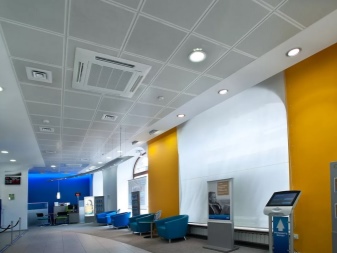
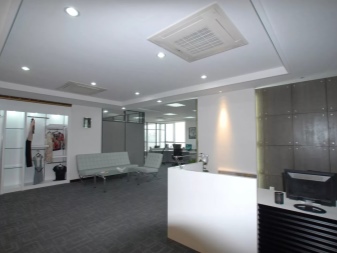
- It will be ineffective to place the inverter split system in rooms with other types of sudden temperature fluctuations (for example, in the kitchen).
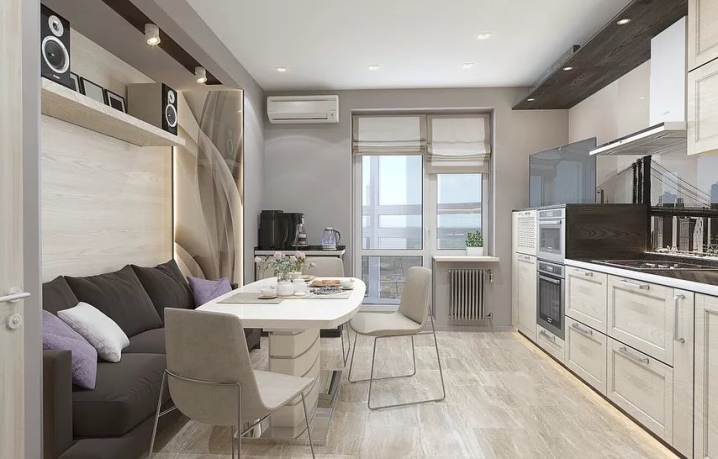
- Traditional non-inverter equipment will be the smarter choice in places where it needs to be turned on occasionally. A conference room, a summer house and other rooms where climatic equipment is used from time to time will be the best places for using a classic type of air conditioner.
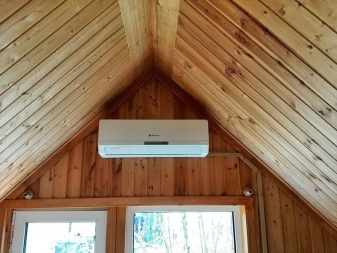
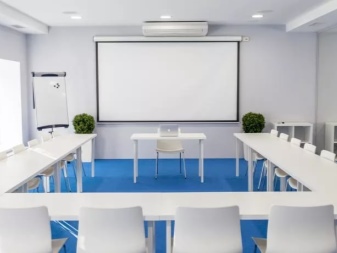
- The inverter split system is better suited for apartment rooms or hotel rooms. There, its use will be economical to create the most comfortable living space.

- In any case, one should very carefully choose climatic equipment based on the possibilities of regulating its modes and the area of the room.
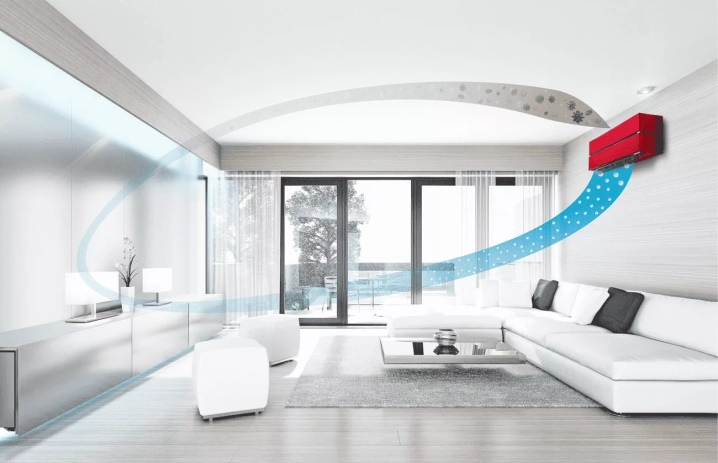
How to choose the right split system and an overview of Dahatsu's budget split in the video below.













The comment was sent successfully.